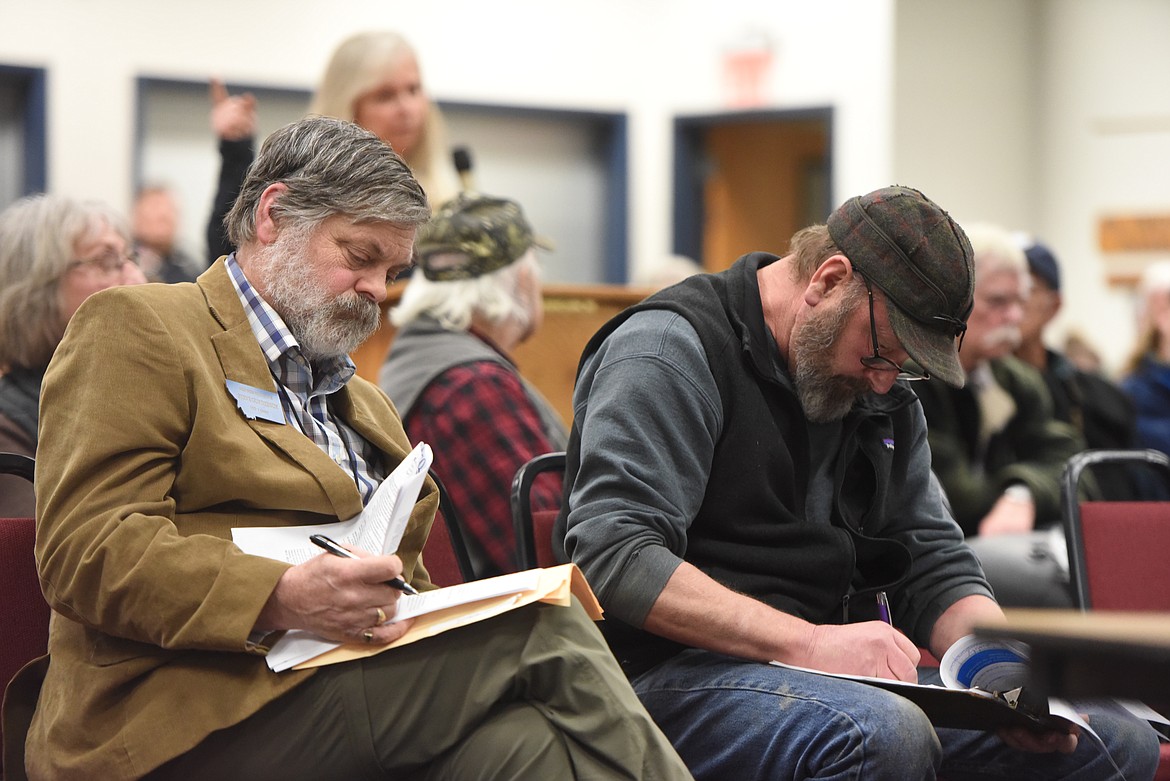It’s the pits: Lincoln County residents frustrated at new opencut mining law
The flurry and fury of the 2021 Montana Legislature saw plenty of bills and proposals that drew controversy – from a raft of laws aimed at abortion, to where citizens can carry firearms, to how the state treats LGBTQ children.
While those high-profile bills drew a lot of media and public attention, Montana residents are still waking up to the full effects of more than 500 bills that became laws...
Become a Subscriber!
You have read all of your free articles this month. Select a plan below to start your subscription today.
Already a subscriber? Login



